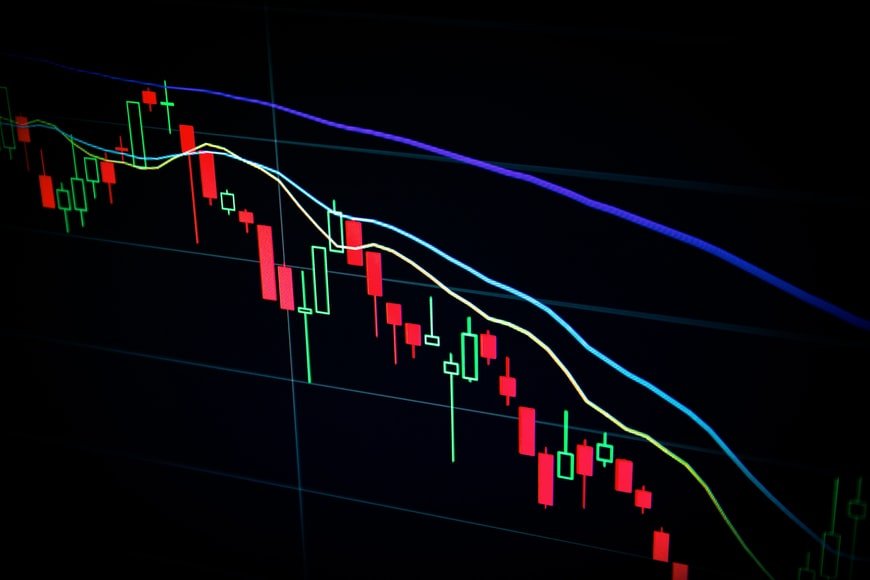The Advantages of Semi-Automated Trading
by Abdul Aziz Mondal Finance 27 January 2022

In the pre-digital era, all financial trading was done manually. You followed price movements in the market, and when you thought the moment was advantageous to buy or sell, you called up your broker on the phone and asked him to execute the trade. Hopefully, you got somewhere near the price you wanted.
By today’s standards, old-fashioned manual trading seems quaint and inefficient. Having to call your broker on the phone, which meant only being able to trade during office hours, meant that everything moved a lot slower. But because every other trader was trading in the same way, this didn’t matter. In retrospect, it was a more innocent age.
The age of the algorithm
The advent of computerization and the internet changed everything. Traders were no longer at the mercy of a missed phone call. Financial trading was conducted online, which meant it was much faster, with minimal delay between an order being placed and its execution.
However, because everyone was trading faster, prices changed a lot quicker too. Short-term day trading became a lot more commonplace and profitable, and speed was now of the essence. Everything just kept getting faster.
The solution to this was automated trading. This process uses computer programs called algorithms to carry out trades at a speed and frequency that would be impossible for humans to replicate manually. Also known as algorithm trading or Algo-trading, this is carried out via online brokers and automated trading platforms such as the widely used MetaTrader4. Many brokers have their own bespoke trading software as well.
A happy medium
Automated trading brings many advantages, but there are disadvantages as well. The main drawback is that you are giving the computer programs complete control over your trading decisions, and many traders simply don’t trust the algorithms to always be right. For these traders, the best solution is the happy medium known as semi-automation, which combines the best features of Algo-trading with all the advantages of staying in control.
Many sites offer different forms of semi-automated trading. A good comparison of two popular, low-cost options can be found at Wealthify vs Nutmeg. Semi-automation might mean using an algorithm to set up alerts when trading opportunities appear. You can then assess these opportunities and execute a trade manually if you decide they’re worth acting on.
How algorithms work
Before going further into the advantages of semi-automated trading, it’s worth looking at how the algorithms used by platforms work. An algorithm is a formula or set of instructions based on preset parameters. These parameters might be created by the trader, established according to an “off the shelf” investment strategy, or customized in a combination of the two.
The algorithm inputs instructions into a computer program to execute trades when these pre-defined conditions are met. The most basic example would be to buy a certain asset when the price drops to a certain amount or sell when the price rises to a pre-decided threshold. The parameters or conditions can be based on quantity, timing, price, and other factors, as well as combinations of all of these.
Advantages of automation
Apart from being unbelievably fast, algorithm trading removes the element of human emotion which can be disastrous in financial trading. Greed, fear, anxiety, self-doubt, and excitement can all cause us to make bad decisions in the heat of the moment. Good traders should cultivate machine-like self-discipline and cold logic under stressful circumstances, so it makes sense to delegate the job to an actual machine.
Automated trading also means you don’t have to constantly monitor the markets so that you can place orders at just the right moment. Transaction costs and the chance of human error are reduced. Advantageous processes enabled by automation include back-testing strategies using historical data, and high-frequency trading on multiple markets simultaneously.
Reasons to choose semi-automation
Algo-trading isn’t foolproof. The software can crash, become corrupted, or simply make bad decisions based on flawed logic. Many traders end up watching the markets constantly in case their automated trading strategy goes wrong. Although automation removes emotional responses from the equation, it can cause unhelpful emotions like anxiety due to the lack of control.
Semi-automation applies tried and tested investment strategies, customized to your personal profile, to your trading, but leaves you in control and able to make the final decision. It enables back-testing and carries out unbiased analysis without your emotions getting in the way. Experienced traders, however, can still follow their instincts when necessary. The algorithm becomes an advisor and a helpmate, rather than a tyrant.
There is no one right method of trading for everyone. Beginners may prefer an automated system, but those wishing to learn how to become a better trader, or those with more experience, should choose semi-automation. As a way of staying in control but still making full use of today’s trading tools, semi-automated trading has much to recommend it.
Read Also:





































































































